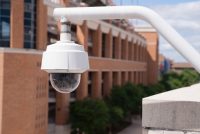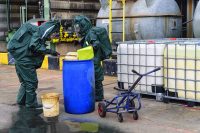OSHA Kicks Off Safe + Sound Week for U.S. Workplaces
The U.S. Department of Labor encourages the nation’s employers to commit to workplace safety and health and join its Occupational Safety and Health Administration (OSHA) in observing Safe + Sound Week, Aug. 9-15, 2021. A nationwide event that recognizes the successes of workplace safety and health programs, Safe + Sound Week also offers information and ideas on […]










